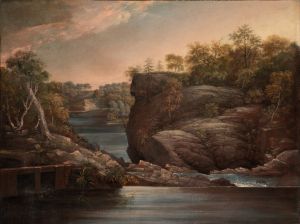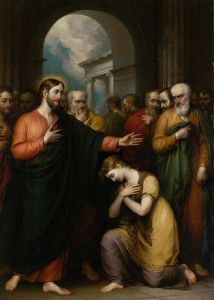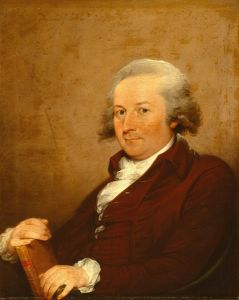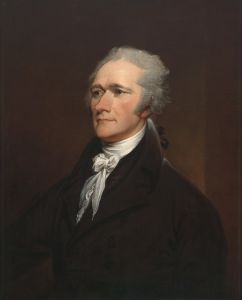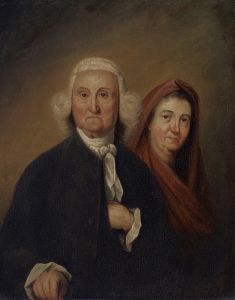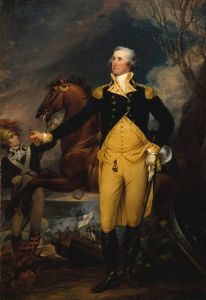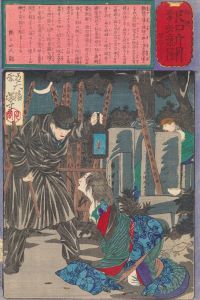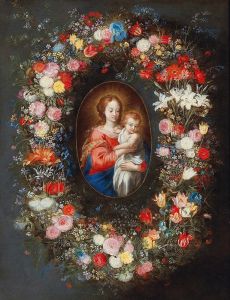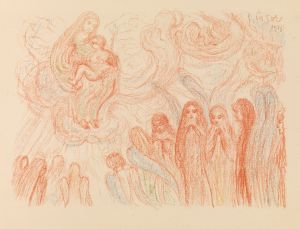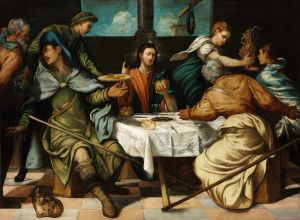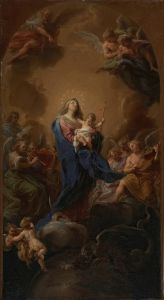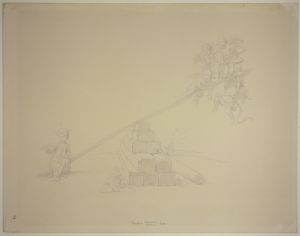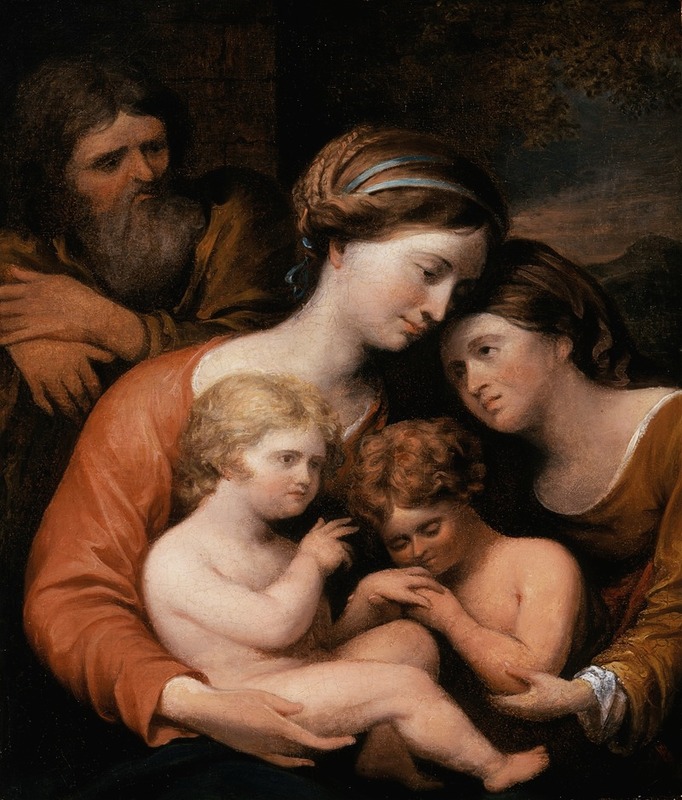
Holy Family
A hand-painted replica of John Trumbull’s masterpiece Holy Family, meticulously crafted by professional artists to capture the true essence of the original. Each piece is created with museum-quality canvas and rare mineral pigments, carefully painted by experienced artists with delicate brushstrokes and rich, layered colors to perfectly recreate the texture of the original artwork. Unlike machine-printed reproductions, this hand-painted version brings the painting to life, infused with the artist’s emotions and skill in every stroke. Whether for personal collection or home decoration, it instantly elevates the artistic atmosphere of any space.
John Trumbull's Holy Family is a lesser-known painting by the American artist, who is more widely recognized for his historical works depicting scenes from the American Revolutionary War. Trumbull, born in 1756 in Lebanon, Connecticut, was a prominent painter and is often referred to as the "Painter of the Revolution" due to his iconic depictions of key moments in American history. However, Holy Family represents a departure from his usual subject matter, as it focuses on a religious theme rather than historical or political events.
The painting depicts the Holy Family, a traditional Christian subject that includes the Virgin Mary, the Christ Child, and Saint Joseph. This theme has been a popular subject in Western art for centuries, often symbolizing familial love, piety, and divine grace. Trumbull's interpretation of the Holy Family reflects his exposure to European artistic traditions, particularly during his time studying in London under the renowned painter Benjamin West. West, an American expatriate, was known for his historical and religious paintings, and his influence on Trumbull is evident in the latter's approach to composition and technique.
While Trumbull is best known for his detailed and historically accurate works, such as The Declaration of Independence and The Death of General Warren at the Battle of Bunker's Hill, Holy Family showcases his versatility as an artist. The painting demonstrates his ability to work within the conventions of religious art, employing a softer, more intimate style compared to the dramatic and action-filled scenes of his historical pieces. The use of light and shadow in Holy Family suggests an effort to evoke a sense of divine presence and spiritual reverence, aligning with the traditions of religious painting.
The exact date of the creation of Holy Family is not well-documented, and the painting is not as widely studied or exhibited as Trumbull's historical works. It is believed that Trumbull may have created this piece during his time in Europe, where he was exposed to the works of Old Masters and the religious art that dominated much of European artistic production. However, specific details about the painting's commission, provenance, and current location remain unclear.
Due to the limited information available about Holy Family, it is not considered a major work within Trumbull's oeuvre. Nevertheless, it provides insight into the artist's range and his engagement with themes beyond the political and historical narratives for which he is best known.





